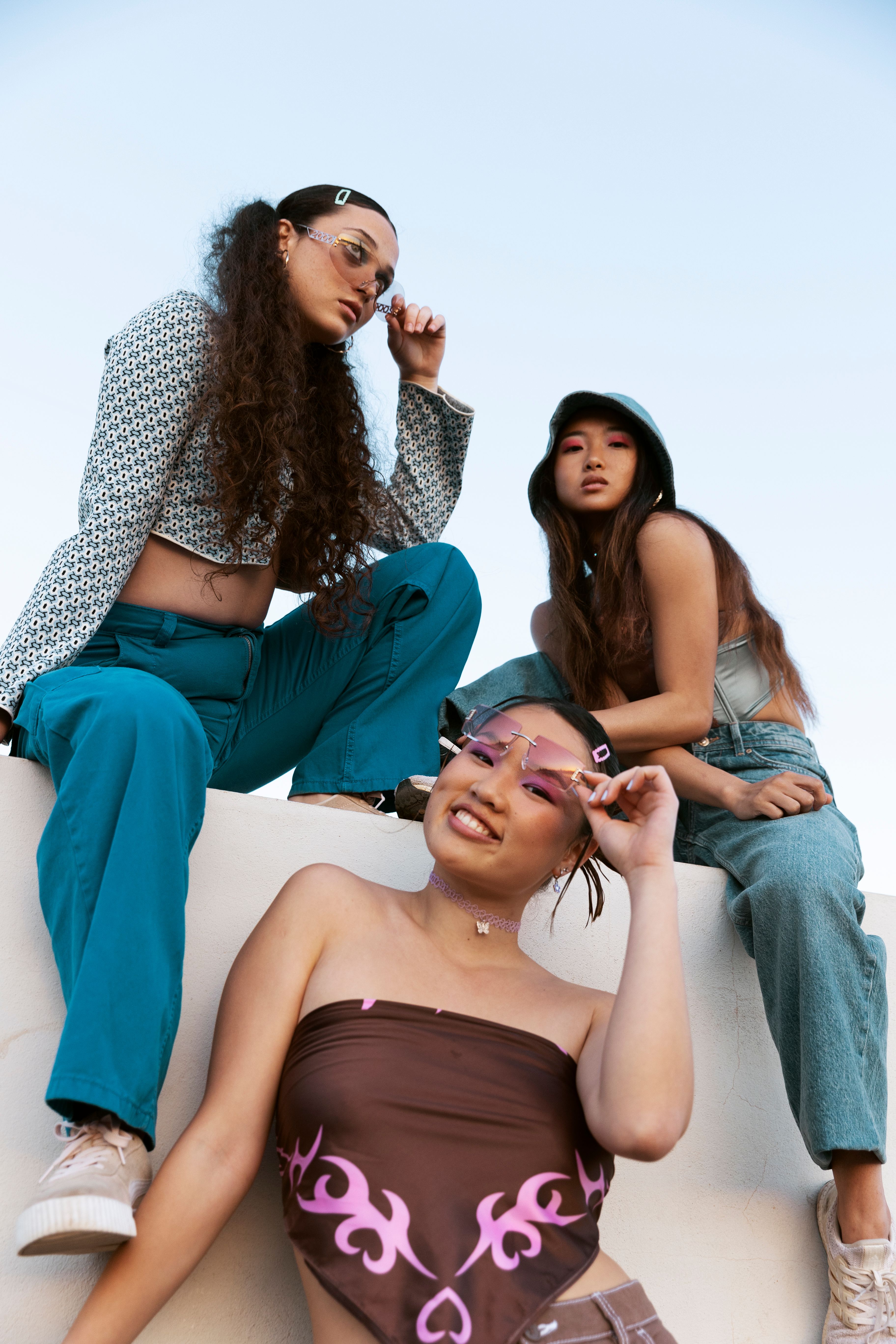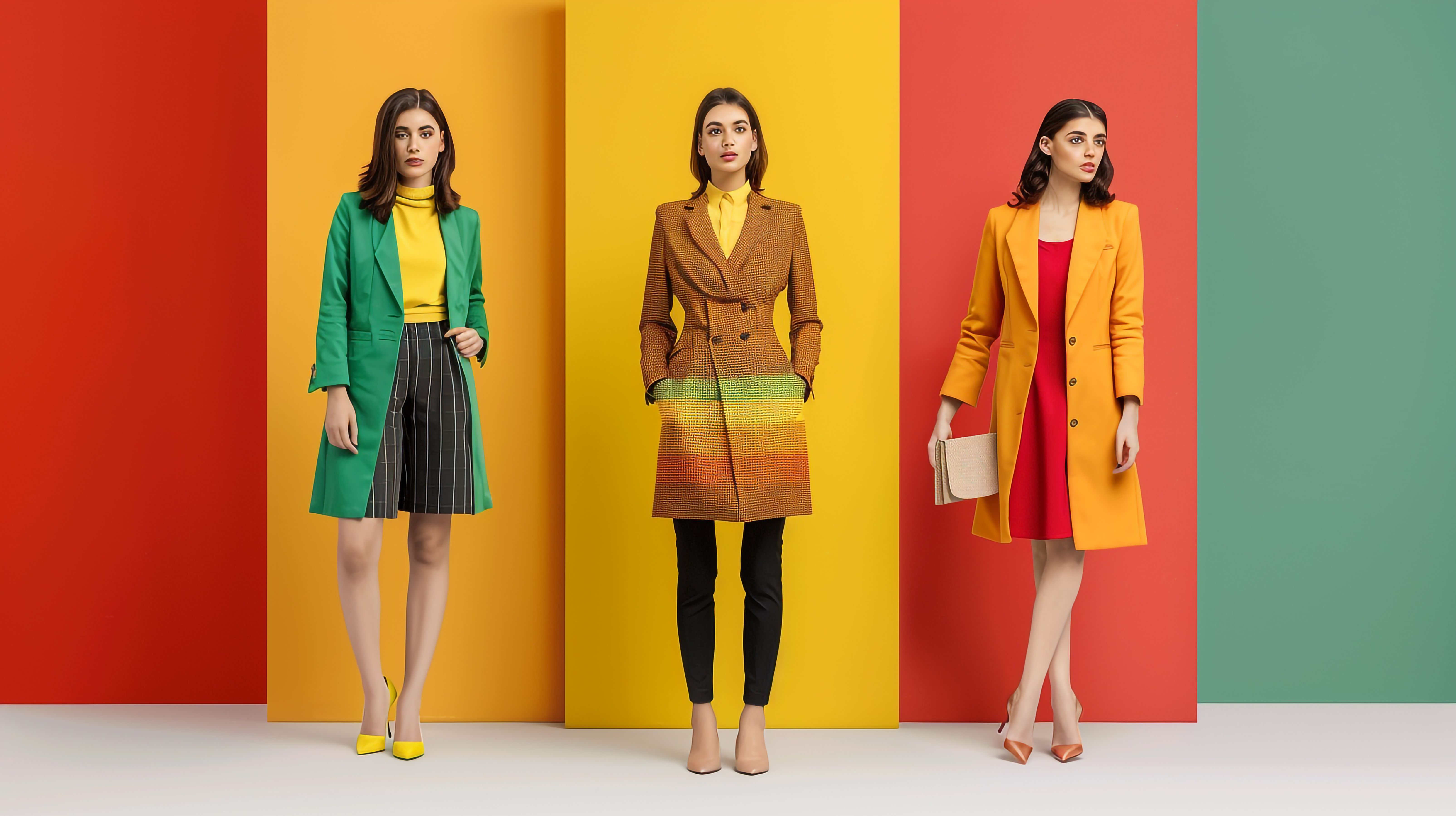How Fashion Inspiration Evolves Through Social Media
Sustainable Outfit Planner App: Embrace Slow Fashion
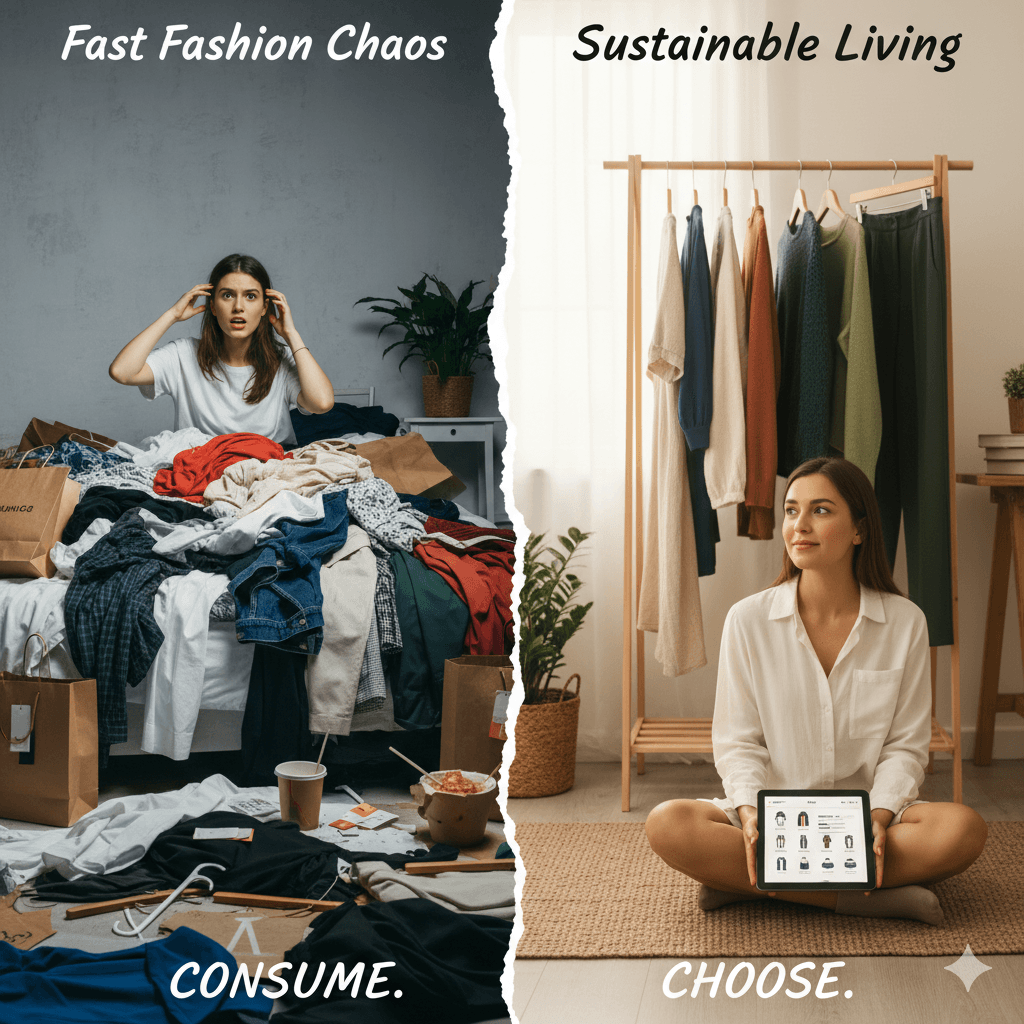

TL;DR
Sustainable outfit planner apps are reshaping fashion by promoting reuse, conscious shopping, and long-term style. From Good On You and Save Your Wardrobe to AI-powered Glance, these platforms encourage slow fashion through smarter choices and ethical discovery; proving that sustainability is not a trend, but the future of fashion itself.
Fashion has always been a reflection of the times — and today, it mirrors our growing consciousness about sustainability. With fast fashion’s dominance leading to overproduction, waste, and environmental impact, more people are shifting towards mindful consumption. The question many ask is simple yet powerful: Can technology make us dress more sustainably?
The answer lies in the rise of sustainable outfit planner apps — smart digital tools that help you create stylish looks without overbuying, encourage re-wearing, and even support ethical brands. Let’s explore some of the best apps contributing to the slow fashion revolution and understand how they are reshaping the way we shop, style, and sustain.
Top Sustainable Outfit Planner Apps
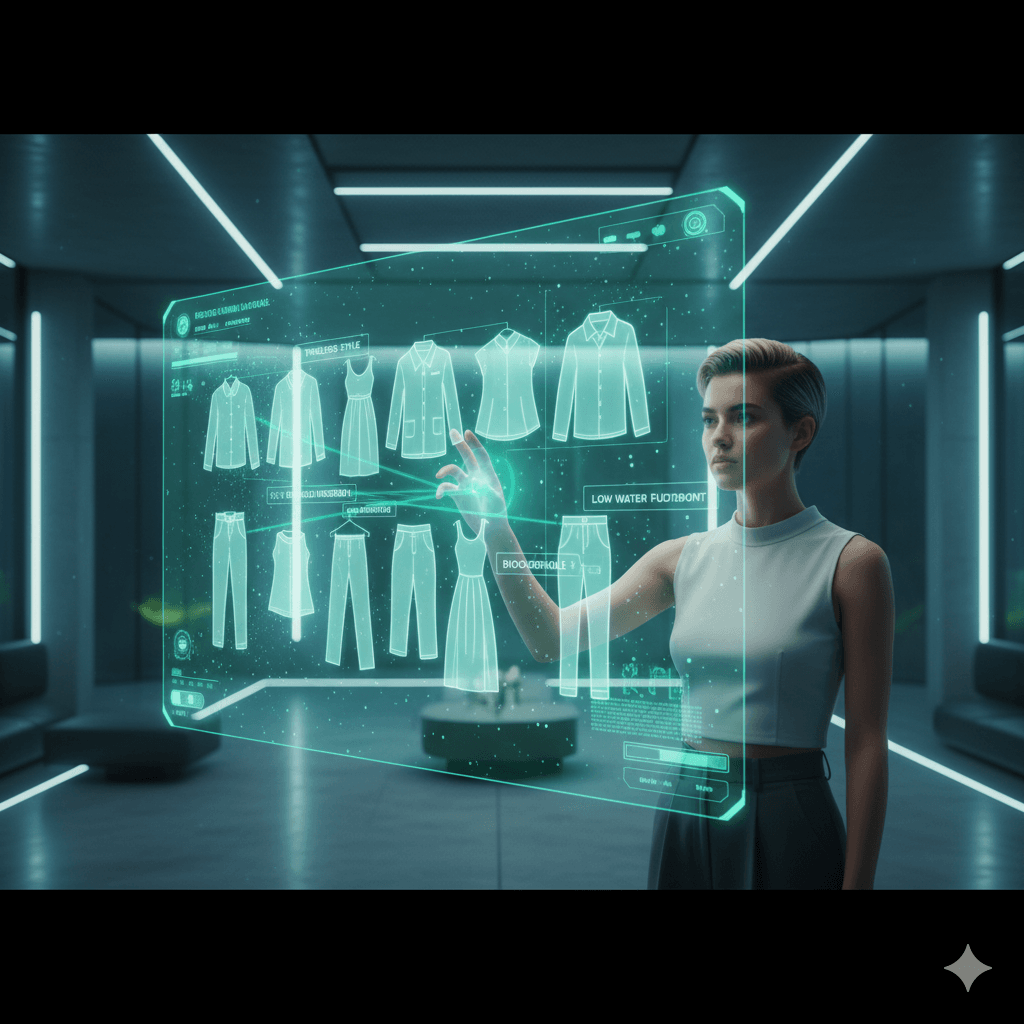
1. Good On You – The Ethical Brand Guide
When it comes to conscious shopping, Good On You is more than an app — it’s a movement.
Founded with the mission to empower consumers, it rates fashion brands on their ethical and environmental practices, helping you make informed choices.
What makes it special:
- Rates over 3,000 brands based on labor, environmental impact, and animal welfare.
- Offers alternatives if a brand scores poorly.
- Features editorials on sustainable style and ethical trends.
Whether you’re eyeing that new denim label or unsure about a fast-fashion brand’s sustainability claims, Good On You gives you the data and transparency to buy responsibly.
Best For: Conscious shoppers who want every purchase to align with their values.
2. WARDROBE – The Closet That Gives Back
Imagine renting your neighbor’s designer dress or lending your vintage jacket — that’s the essence of WARDROBE.
This New York-based app promotes circular fashion by allowing users to borrow, lend, and share clothes instead of constantly buying new ones.
What it does:
- Encourages users to upload items they don’t often wear.
- Allows local borrowing, reducing shipping waste.
- Supports sustainable consumption by keeping clothes in use longer.
By extending the lifecycle of fashion pieces, WARDROBE brings slow fashion to life in a digital, community-driven way.
Best For: Urban users who love fashion variety but dislike overconsumption.
3. Save Your Wardrobe – Digital Decluttering for Sustainable Living
Fast fashion thrives on impulse buying — Save Your Wardrobe (SYW) helps reverse that.
It digitizes your closet, encouraging you to shop your wardrobe first before turning to online stores.
Key Features:
- Scans and organizes your wardrobe into a digital catalog.
- Suggests new outfit combinations from what you already own.
- Offers repair, alteration, and donation services through integrated partners.
By helping users visualize and utilize what they already have, SYW promotes circularity at the most personal level.
Best For: Minimalists and users committed to reducing fashion waste.
4. Renoon – Your Sustainability Filter for Fashion
If you’re looking to discover eco-conscious fashion brands, Renoon functions like a sustainability filter for your wardrobe.
It curates pieces from multiple e-commerce sites and rates them on transparency, ethical sourcing, and environmental footprint.
Why it stands out:
- Aggregates sustainable collections from over 200 verified brands.
- Lets you filter results by values (e.g., vegan, recycled, carbon-neutral).
- Promotes small ethical labels alongside mainstream options.
Renoon empowers fashion lovers to explore new aesthetics without compromising their principles.
Best For: Eco-curious shoppers who want conscious discovery integrated with style browsing.
5. Smart Closet – Outfit Planning with a Sustainability Twist
Smart Closet is one of the most popular wardrobe management apps globally — and while it wasn’t built solely for sustainability, it’s become a key tool for slow fashion followers.
How it helps:
- Digitizes your wardrobe for easy outfit planning.
- Tracks usage to identify your most and least-worn items.
- Encourages “re-style” challenges to minimize unnecessary purchases.
By visualizing how often you wear what you own, Smart Closet helps users cut back on impulsive buying and instead reimagine styling possibilities.
Best For: Fashion lovers who want data-driven insight into their wardrobe habits.
6. Vinted – Buy, Sell, and Re-love
Vinted is a community-based app where users can buy and sell pre-loved clothes. It promotes slow fashion by extending product lifecycles and giving garments a second (or third) home.
Features that matter:
- Enables users to resell unused clothes easily.
- Promotes peer-to-peer shopping with no middleman waste.
- Reduces carbon footprint associated with new manufacturing.
Every sale or purchase on Vinted is a step toward reducing textile waste — making it a simple, accessible entry point into sustainability.
Best For: Anyone looking to declutter and contribute to the circular economy.
7. Depop – The Social Slow Fashion Space
For Gen Z and Millennials, Depop is where sustainability meets self-expression.
It’s an app where second-hand fashion is reimagined as creative storytelling — users sell their pre-loved items styled in aesthetic, editorial formats.
What sets Depop apart:
- Peer-to-peer fashion marketplace.
- Encourages thrift, resale, and upcycling.
- Cultivates a creative, sustainability-conscious fashion community.
Depop normalizes pre-owned fashion by making it aspirational. The focus isn’t just on wearing less — it’s about wearing better and smarter.
Best For: Trendsetters who want sustainability without compromising individuality.
Did you know that nearly 30% of clothing produced globally never gets sold? That’s a lot of waste, and a big part of the problem is overproduction.
Glance: Sustainable Fashion Starts with Conscious Choice
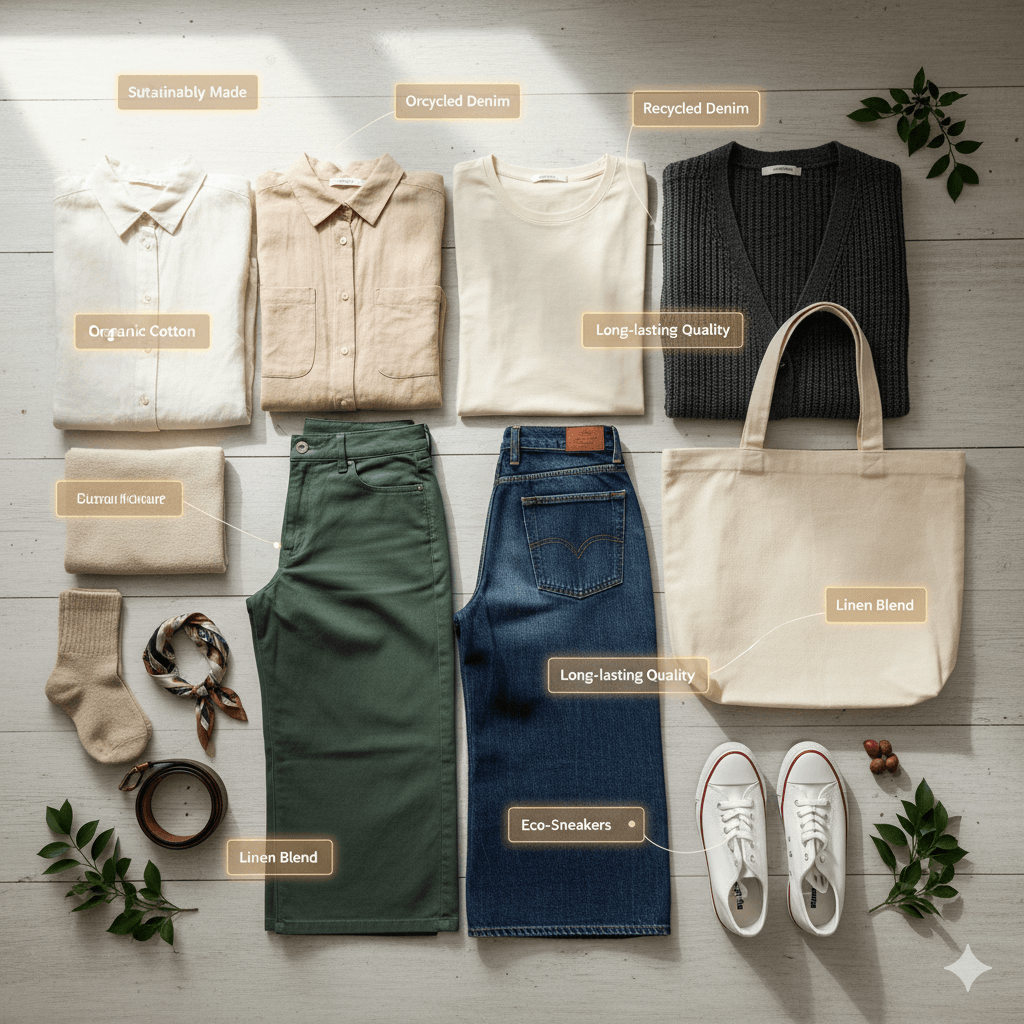
Here’s where things get interesting. Glance AI may not be a traditional outfit planner, but it’s redefining fashion discovery through personalization and awareness — making it an unexpected ally in sustainable fashion.
Unlike e-commerce apps that push constant consumption, Glance leverages AI to understand your preferences, analyze your likes and dislikes, and help you discover what truly suits you. This means fewer impulsive buys and more intentional fashion choices.
How Glance contributes to sustainability:
- Personalized discovery ensures you buy what complements your style — not trends you’ll discard next season.
- Reduced over-shopping by curating only relevant, compatible looks.
- Style sustainability — encourages a wardrobe that evolves with you, not against you.
By promoting conscious fashion discovery instead of endless browsing, Glance helps users align their choices with a slower, more mindful fashion approach.
Best For: Modern consumers who want AI-powered style guidance without compromising sustainability.
How These Apps Shape the Future of Sustainable Fashion
The global textile industry accounts for nearly 10% of carbon emissions and consumes around 93 billion cubic meters of water every year. Each of these platforms tackles sustainability from different angles — and that’s what makes the landscape exciting:
| App Name | Core Focus | Sustainability Impact |
| Good On You | Ethical brand ratings | Encourages conscious purchasing |
| WARDROBE | Clothing rental & sharing | Promotes reuse and community fashion |
| Save Your Wardrobe | Closet digitization | Reduces waste by optimizing usage |
| Renoon | Curated sustainable fashion | Connects users to ethical brands |
| Smart Closet | Outfit planning | Minimizes overconsumption |
| Vinted | Resale | Extends clothing life |
| Depop | Thrift & upcycling | Makes second-hand trendy |
| Glance AI | AI fashion discovery | Promotes mindful buying & long-term style |
Wrap Up
As we move toward a digital-first era, apps like Glance AI will continue redefining how we discover and interact with fashion. The shift from fast consumption to mindful discovery is subtle but significant and Glance stands at that intersection.
By using AI to personalize discovery instead of promoting overconsumption, Glance allows users to find what truly suits them, saving them from trend fatigue and wasteful spending. In the long run, this isn’t just good for style; it’s good for the planet.
So, if you’ve been wondering whether there’s an app for slow fashion — the answer is yes. But more importantly, there’s now a movement supported by intelligent tools, thoughtful technology, and a growing community that believes looking good and doing good can go hand in hand.
FAQs Related to Sustainable Outfit Planner App
1. What is a sustainable outfit planner app?
A sustainable outfit planner app helps users build wardrobes mindfully by reusing clothes, promoting ethical brands, and minimizing overbuying. It encourages slow fashion through smart outfit planning, eco-conscious recommendations, and wardrobe management features.
2. Which are the best sustainable outfit planner apps?
Top apps include Good On You, Save Your Wardrobe, Whering, Smart Closet, and Glance. These platforms promote mindful consumption by offering outfit planning, ethical brand ratings, and AI-driven styling for eco-friendly fashion choices.
3. How does Glance support sustainable fashion?
Glance promotes sustainability by focusing on fashion discovery rather than excessive shopping. Its AI curates looks based on user preferences, helping people restyle what they own and discover conscious trends that align with slow fashion values.
4. Why are sustainable outfit planner apps important?
They help reduce fashion waste by encouraging users to wear what they already own, buy only what they need, and explore ethical brands — supporting both the environment and long-term style mindfulness.
5. Can sustainable fashion apps replace traditional shopping apps?
Not entirely, but they complement them. While traditional apps drive consumption, sustainable outfit planners like Glance and Save Your Wardrobe guide users toward intentional choices, creating a balance between style, function, and environmental responsibility.


